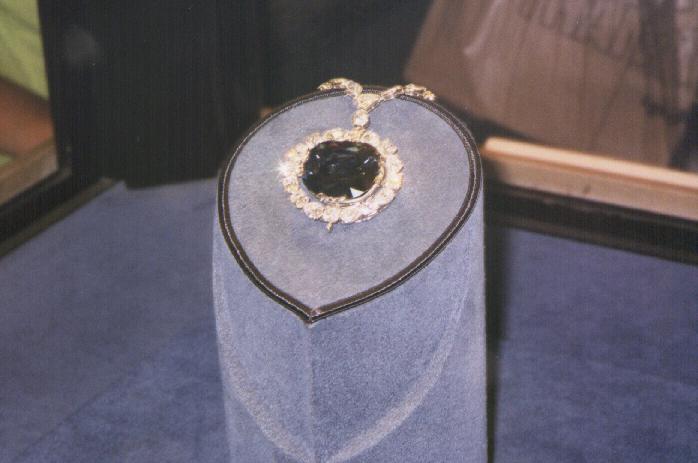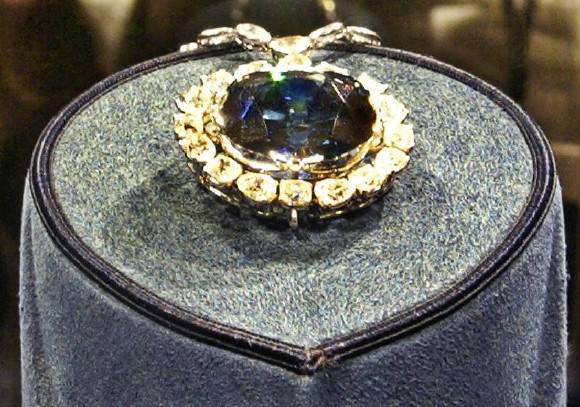Hi guys,
In digging around to find out what the metal was in the "classic"
Smithsonian mounting for the Hope diamond, I rekindled a puzzlement.
In one of the articles I read, they talked about popping it in and
out of the setting every night for a week, to do chemical
measurements on it. Apparently, they had a jeweler come in every
evening, and pop it out, and then pop it back in every morning.
Clearly, they can’t possibly be moving prongs around like that. So
how are big, ‘named’ stones like that held in place, typically?
I’ve always wondered, because you hear about big stones being
swapped around between different mounts, and popped out ‘for
cleaning’. If you had to worry about fussing with prongs, there’s no
way you’d be so casual about it.
I’ve seen the Hope, in the Cartier mount, but I was paying much more
attention to the rock than I was to the mounting. Now I wish I’d
looked a bit closer. (Didn’t (and don’t) like the mount, so that
wasn’t the interest.) But I don’t remember any big clamping cage,
or, in fact, much of any visible mount at all, let alone the amount
of widgetry you’d need to make a mechanically clamping sort of mount.
Thus my curiosity.
Regards,
Brian
In these two photos you can see the supporting frame.


If a stone is well cut a bezel wire which touches the stone just
below the girdle will not be visible from the front. If the bezel
wire touches the stone farther down the pavilion reflections of it
will be visible through the stone.
In this next close up of the stone you can see that the four cleats
holding it from the front are quite large, and have a central
section connecting the two prongs which sits just at the height of
the girdle.
http://www.ganoksin.com/gnkurl/ep8045
My guess is that it is the four cleats which are removable. I’d say
the central section is attached to either a threaded post which
passes through the supporting frame and is secured behind by a nut,
or to a vertical tab with a transverse hole which is secured to the
supporting frame by a screw.
Either way, I’d venture that the four cleats can be removed by
unscrewing a retaining mechanism from the back.
Elliot Nesterman
When I saw the Hope Diamond, I wanted to be able to pick it up and
see the back - I suspect there is some sort of clamping arrangement
that compressed from the top and bottom diamonds together and that
they move independently from the rest of the diamonds encircling it.
Barbara on a blue sky day between snowstorms – will Mother Nature
ever let Spring in the door? She’s just outside, tapping!!!
Brian- One of the sad things about working with an important stone
is that the stone is the star and the mounting, not so much.
A few years back we got commissioned to make a mounting for a 17.24
ct D color internally flawless diamond. At that time the wholesale
value of the stone was 3 million. I remarked at that time that no
matter how pretty the mounting was it would get broken down in a few
years for the stone to go into something else.
It was. About three months ago. Our old mounting was saved and had a
large colored stone set into it. Some one else got the new mounting
job.
Sad, but that’s the reality of working with major stones.
Have fun and make lots of jewelry.
Jo Haemer
timothywgreen.com
Hi Elliot,
Thanks for digging up those pictures. I suspect you’re pretty close
to the reality of the setting. Something’s got to be threaded in
there somewhere.
That’s a whole different world.
Regards,
Brian

